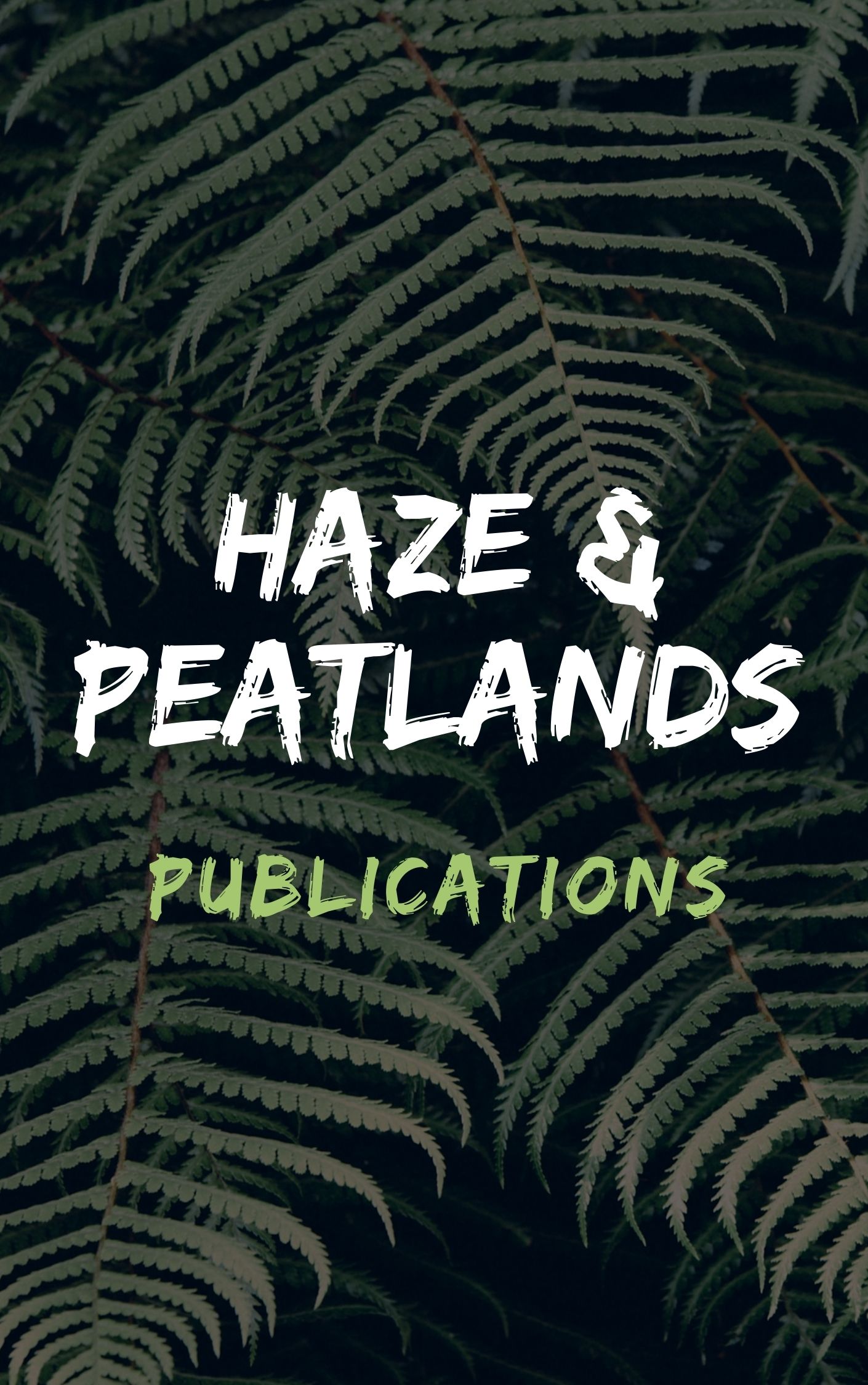The 1997/1998 forest fires in Indonesia resulted in the destruction of at least 10 million ha of forests and non-forestlands and the release of more than 2.6 G tons of carbon. These fires made Indonesia one of the largest contributors of greenhouse gases in the world. It is now recognized that about 80 - 90% of the fires came from agricultural and industrial plantation estates using fire for land preparation activities. Estate oil palm development accounted for the majority of the fires, particularly in Riau. At least 176 companies accredited with the Indonesian Forestry and Estate Crops Department caused the fires in 1997/1998. More than 50 companies in 1999 and 100 companies in 2001 were identified to be still using fire in land preparation activities. To make matters worse, the use of fire in land clearing is also prevalent among many small-holder farmers as a traditional means of land preparation. Since 2000, some companies using fire for land preparation have been taken to court and been punished. Meanwhile, shifting cultivators still have the possibility of using fire as long as the impact is not so bad. In order to understand the behavior and characteristics of fire in land preparation by small-holder farmers, several peat fire experiments were conducted. The experiments showed that high flame temperature and intensity result from high fuel loads. Such information is important in order to evaluate land preparation practices with the use of fire, to determine restoration methods, and to recommend appropriate policy reforms for small-holder farmers.[PUBLICATION ABSTRACT]
View source

